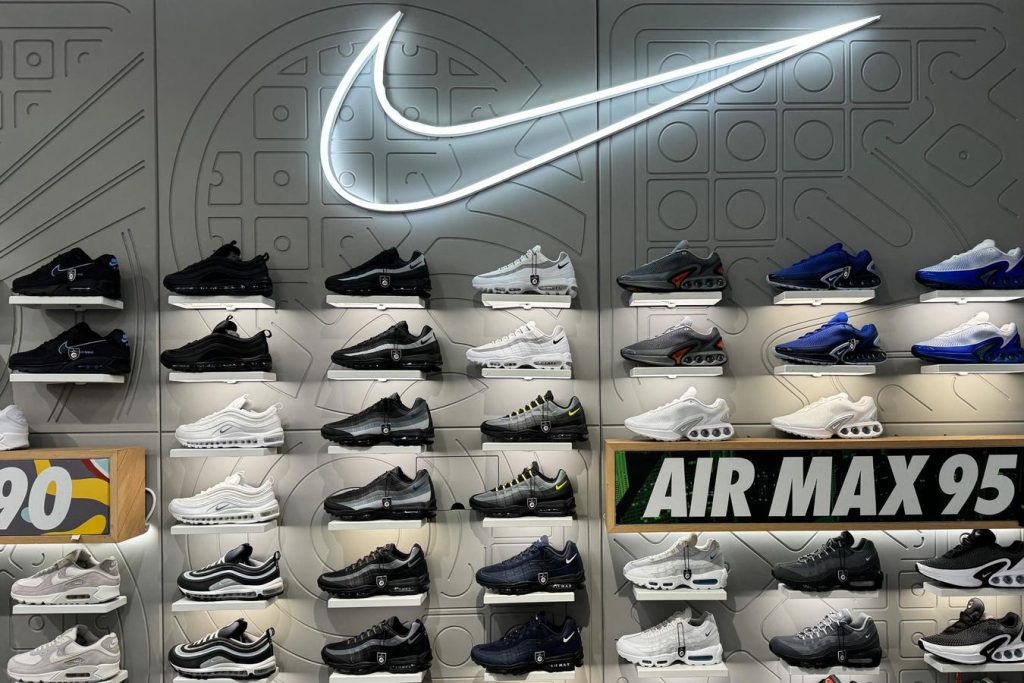Nike’s stock (NYSE: NKE) has been on a roller-coaster ride, currently trading at $94 per share, down almost 13% year-to-date and significantly below its pre-inflation shock high of $176 in November 2021. The company, known for its footwear, apparel, and accessories, is facing supply chain constraints and a slow recovery in China. Despite these challenges, Nike’s revenue for the first nine months of fiscal 2024 grew by 1% year-over-year to nearly $39 billion, with earnings per share rising by 7% to $2.74. Inventories have decreased by 13% to $7.7 billion, resulting in higher profit margins of 44.5% in the same period.
Looking ahead, Nike’s management expects only 1% full-year revenue growth in fiscal year 2024, and plans to reduce expenses by $2 billion over the next three years to improve its operating profit margin. The company’s stock has underperformed the S&P 500 over the past three years, with returns of 18% in 2021, -30% in 2022, and -7% in 2023, compared to the S&P 500’s returns of 27%, -19%, and 24% in the same years. Despite these challenges, Nike’s stock has the potential for gains with the right strategic moves.
The timeline of the inflation shock in 2022 highlights the challenges faced by companies like Nike in a volatile market environment. With inflation rates peaking at 9% in June 2022, the S&P 500 index declined by more than 20%, leading to a roller-coaster ride in the market. In comparison, during the 2007/2008 crisis, NKE stock fell by almost 30% from pre-crisis levels but recovered by 59% by early 2010. These historical trends can provide insights into how Nike may navigate the current market conditions and potential opportunities for growth.
Nike’s revenues have shown steady growth from $44.5 billion in FY 2021 to $51.2 billion in FY 2023, despite a decline in EPS due to inflation impacting consumer spending and freight costs. The company’s margins were under pressure during this period due to elevated inventory levels. However, with the Fed’s efforts to control inflation rates, Nike’s stock has the potential for strong gains once fears of a potential recession are alleviated. By comparing Nike’s performance with its peers and analyzing key metrics, investors can assess the company’s position in the market and make informed decisions.
As Nike continues to navigate the challenges of the current macroeconomic environment, its ability to adapt and innovate will be crucial for its growth and profitability. With a focus on reducing expenses and improving profit margins, Nike aims to overcome supply chain constraints and market volatility to drive long-term success. While the road ahead may be uncertain, Nike’s track record of resilience and innovation positions it well for potential recovery and growth in the coming years. Investors will be watching closely to see how Nike’s stock performs in the face of evolving market conditions and competitive pressures in the athleisure industry.













